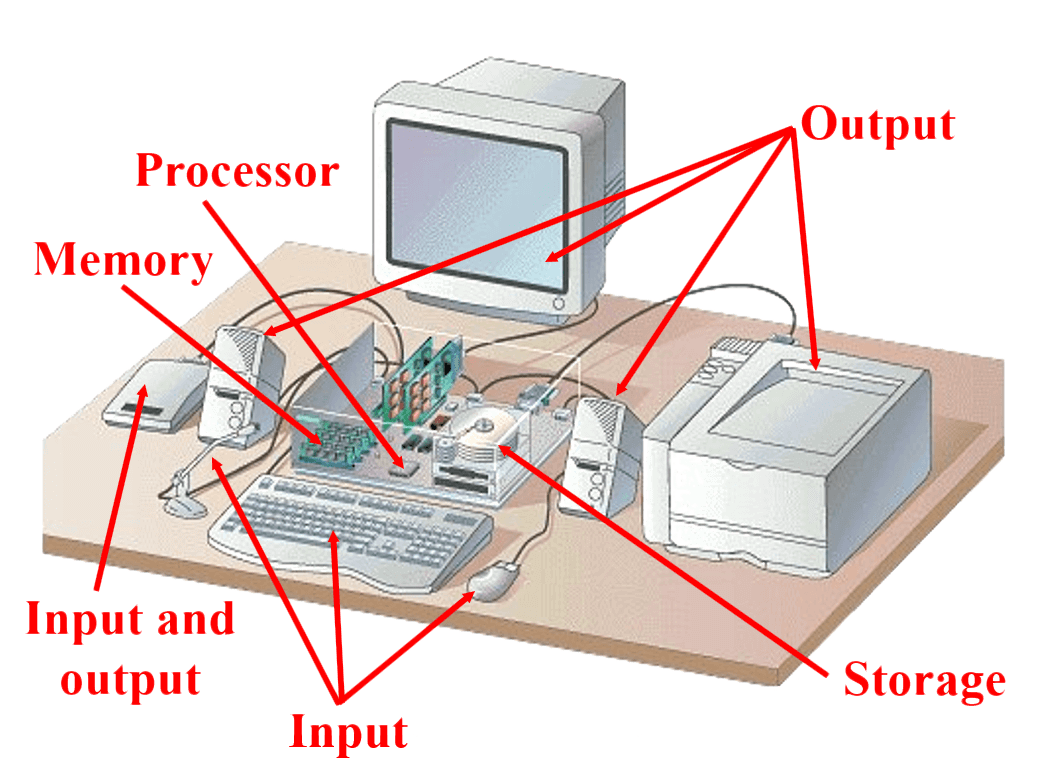Computer systems encompass a combination of hardware and software components that work together to process data, perform tasks, and facilitate various functions and operations. Here's an overview of computer systems:
1. Hardware Components:
Central Processing Unit (CPU): Often referred to as the "brain" of the computer, the CPU executes instructions, performs calculations, and manages data processing.
Memory (RAM): Random Access Memory (RAM) temporarily stores data and instructions that the CPU requires while performing tasks, enabling quick access and retrieval of information.
Storage Devices: These devices, such as hard disk drives (HDDs) and solid-state drives (SSDs), provide long-term storage for data, software applications, and operating systems.
Input and Output Devices: Devices like keyboards, mice, monitors, printers, and scanners facilitate user interaction with the computer and enable data input and output.
2. Software Components:
Operating System (OS): The OS manages hardware resources, provides user interfaces, and facilitates the execution of software applications, ensuring smooth operation and interaction between the user and the hardware.
Applications and Programs: These are software programs designed to perform specific tasks or functions, such as word processing, spreadsheet analysis, web browsing, gaming, multimedia editing, and more.
Utilities: Utilities are software programs that provide system maintenance, optimization, and troubleshooting functionalities, such as antivirus software, disk cleanup tools, backup utilities, and system monitoring tools.
3. Types of Computer Systems:
Personal Computers (PCs): PCs are designed for individual use and include desktops, laptops, and tablets, offering versatility, portability, and a range of functionalities for personal and professional tasks.
Servers: Servers are powerful computers designed to provide services, manage network resources, host websites, store data, and facilitate communication and collaboration in business environments.
Mainframes: Mainframes are high-performance computers used by large organizations and enterprises for processing vast amounts of data, managing complex operations, and supporting critical business applications.
Supercomputers: Supercomputers are specialized computers designed for executing complex simulations, modeling, research, and scientific computations, offering unparalleled processing power and performance.
4. Functionality and Operations:
Computer systems perform various functions and operations, including data processing, computation, storage, communication, multimedia processing, networking, security, and more, catering to diverse requirements and applications in different domains and sectors.




Either way the teacher or student will get the solution to the problem within 24 hours.